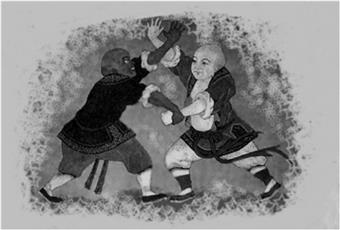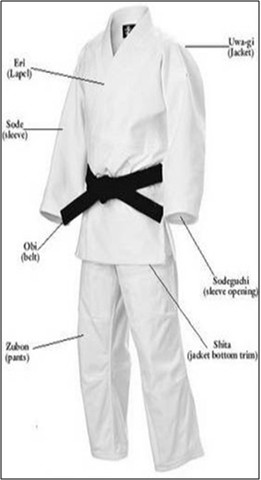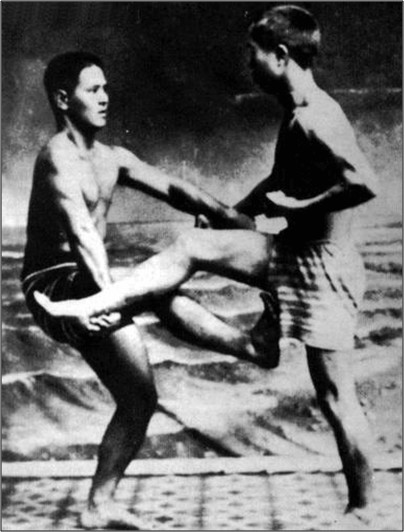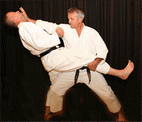Goju historical information
Why we started wearing Do-gi & Belts
The Ryukyu kingdom was never invaded by China. Instead there was a long history of peaceful cultural exchange which began in 1392 with the immigration of 36 Chinese families.
In 1609, the Japanese invaded Okinawa and from then on the island stayed governed by them. The islanders never forgave abuses committed during the Japanese occupation and consequently resisted cultural assimilation.
Chinese customs were manifested in the way the islanders lived, for example: the use of table and chairs; the floor of the houses was made of wood and the traditional Japanese kimono was not used.
In the martial arts, these differences were also manifested, since, for the islanders it was very easy to train martial arts in shorts, with or without a shirt, as this was the Chinese custom. This however all changed in 1922 when the white gi we now know today was adopted.
Jigoro Kano, the founder of Judo invited Master Gichin Funakoshi to Tokyo to demonstrate the art of Okinawa Te at the Kodokan. This demonstration was to take place before members of the Japanese Royal Family.
There was a great sense of expectancy, because Master Kano had highly recommended Master’s Funakoshi Karate-do demonstration.
Master Kano anxiously went towards the dressing rooms. He was extremely surprised when he saw that Master Funakoshi was dressed in shorts and a t-shirt. At that moment, Master Kano felt that he had to think quickly to save the troublesome situation.

"Sensei Funakoshi, I'm here to escort you to the demonstration room," Master Kano said respectfully.
"Nevertheless, I would like to suggest to you that you use another outfit for your demonstration."My outfit? What's wrong with it, something wrong?" Answered Master Funakoshi with much confusion.
"Yes, Sensei," answered Master Kano.
“In Japan we are very careful with formality, and your outfit would not be well received by the guests."
"But, I don't understand why," added Master Funakoshi. "In Okinawa we usually dressed this way when we train."
"I understand it very well, Sensei Funakoshi," Master Kano said hurriedly.
"But the Japanese are very different. I suggest that you wear a Judo-Gi, since this is a traditional outfit and I believe that it will adapt perfectly to your movements. Allow me to bring you one."
Master Kano went to look for a Judo-gi and quickly returned hoping that Master Funakoshi would like it.
"Please Sensei Funakoshi," he said. "Try it on. I also have a black belt for you that in Judo represent the Dan hierarchy and as you are a Karate-do master, you should use it, so the guests adequately understand your status in your martial arts."
Master Funakoshi observed the Judo-gi with a lot of attention and due admiration. At first sight it looked impeccably white and beautiful and he soon tried it on. He then tied the black belt and he observed it at length. He was really fascinated. Immediately, he smiled obviously pleased and thanked Master Kano for his suggestion. Master Funakoshi's demonstration was a success. The Japanese were very impressed with the new martial arts that Sensei Funakoshi had brought with him. That same day invitations were extended to him to remain in Japan and teach karate-do.
After the exhibition Master Funakoshi returned to Japan with his new outfit, a gift from master Kano, to practice Karate-do. When they saw him in Okinawa, using his new Karate-gi, other teachers did not even think about it, and soon after they added to the initiative and soon the new Karate outfit prevailed on the island. With regard to the black belt the same thing happened. All the teachers began to use it and openly copied the system of graduation of Judo. From this, the Karate-gi and the grading belt, was constituted in the uniform of Karate-do and later it would be made well known around the world.


Warning:
If you perform any technique shown here in class or in public, you do so at your own risk.
We assume no responsibility for the use or misuse of the information provided which results in injury or loss.
Copyright: Tom Hill 2012 Goju.co.uk All rights reserved.
UPDATED 1st AUG 2020






























